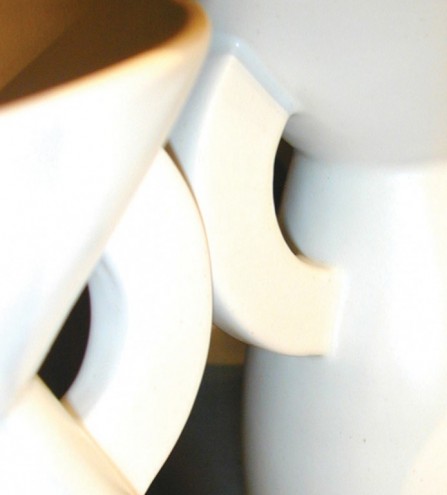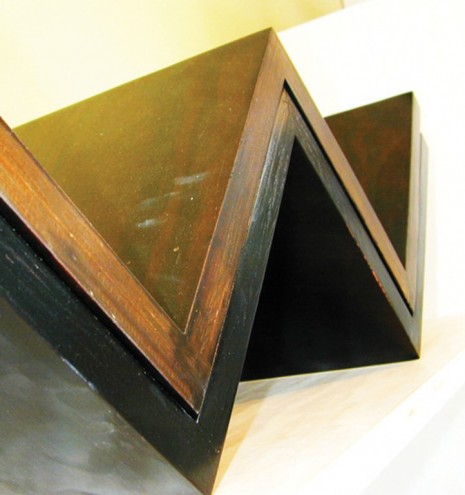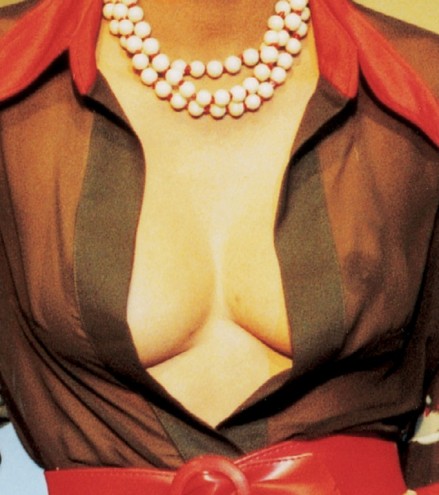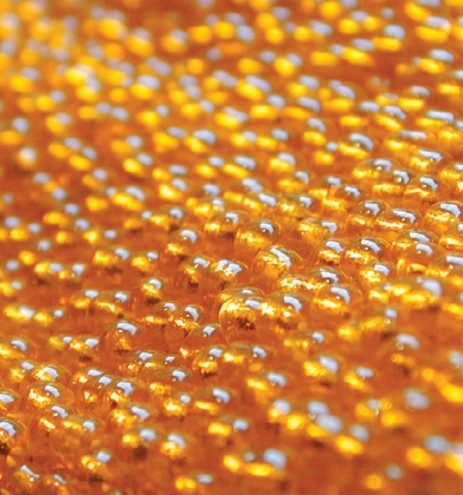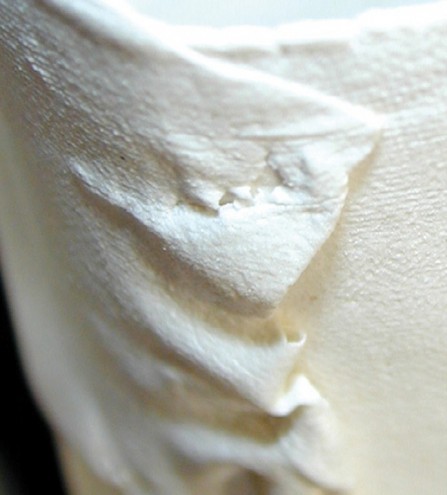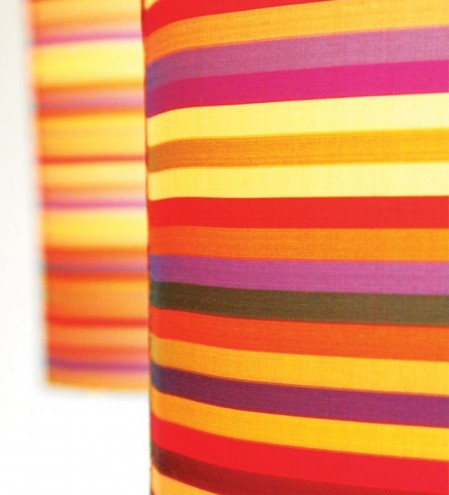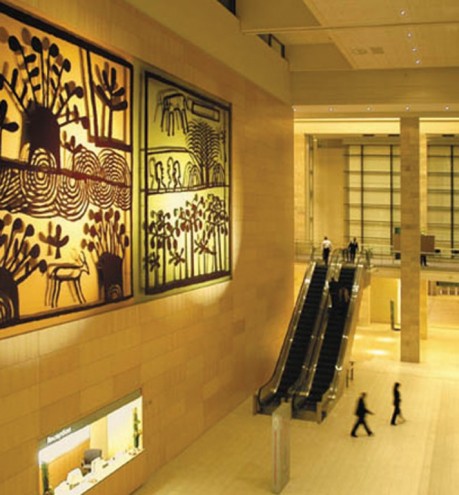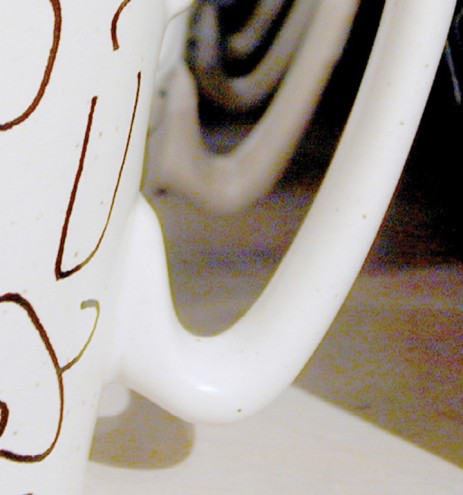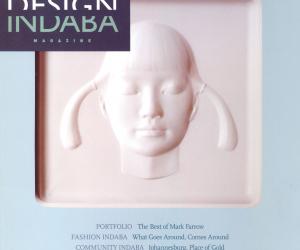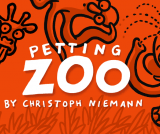First Published in
There's a collective murmur going on about this light tip of the African continent. Early adopters are setting their cool compasses on South Africa and declaring it the next big thing. Li Edelkoort and Sir Terence say they'd move here if they were younger.
But trends can be fast burning and if they're not monitored usually end in some kind of wasteland. If South Africa wants longterm global status then this upsurge in interest has to become something lasting, tangible and beneficial to our economy and the rest of the world.
There's a growing awareness that creativity could become one of our strongest currencies. The corporation controlled 1st world is hungry for fresh ideas, new stories, new paradigms - just look at some of the trends towards small business, adventure holidays, organic food and, more to the point, creativity. London's Creative Industries are the second highest contributor to the city's annual output. It's not surprising that Ken Livingstone has good reason to think that 'the next decades may be the years of designers, publishers, artists...'.
South Africa's amalgamated influences, penchant for creative solutions and relatively unsullied cultural melting pot mean fresh perspectives, fresh ideas; that close-to-source stuff that makes creativity happen. Our Creative Industries - craft, décor, film, graphics, jewellery and fashion, to name a few sectors - can become a must-have global resource. We have what the globe wants.
The International Design Indaba has always placed creativity above commodities as a driving force for the local economy. Now the biggest design conference in the southern hemisphere, it provides a platform for skill sharing between global players and local creatives. That's the inspiration for already established creatives sorted to a degree (watch this space), so they can go back to their boards, run the global collective through a local filter and come up with something relevant to their own experience. But there're other factors, like education and economic evidence to account for, which is why The International Design Indaba is now, ten years on, something of a design institution. There's the conference and the fringe - the mag, the workshop series and the newest recruit - the inaugural Design Indaba Expo in February 2004.
The Design Indaba Expo is not only an event; it's both an ambassadorial gathering of South African creative product and a vehicle to improve local consumers' design savvy and accessibility. Running alongside The International Design Indaba (open to the public and delegates though), it'll provide hard evidence that our creatives are capable of coming up with the goods and that the goods can do good for our economy - the benefit after inspiration if you will. So it's all talk all action at the Cape Town Convention Centre in February. Call it a gallery for the industry showcasing the finest in South African creative concepts and products. So much more than shopping, it's design in action, more than the eyes can see, the ideas realm, things that make you pulse and ponder. We're after the source, the homegrown must-have across the disciplines that's globally competitive and locally unique.
Expo entrants also have access to a piece of international flavour in the form of a traveling world exhibition and some of the best of Design Indaba - work by Oliviero Toscani, Javier Mariscal, Garth Walker, Luba Lukova and then some.
The aim is to give the most influential international buyers a creative clout that'll encourage export and to create discerning consumers through exposure to the principles and products of design excellence. Discerning consumers demand quality, evolution and innovation, they form a critical mass with design on the brain. Think the Italian Everyman in threads everyone lusts after or the humble Stockholm caf with aching design cred - they're the products of consciousness.
And design consciousness is our indaba.

